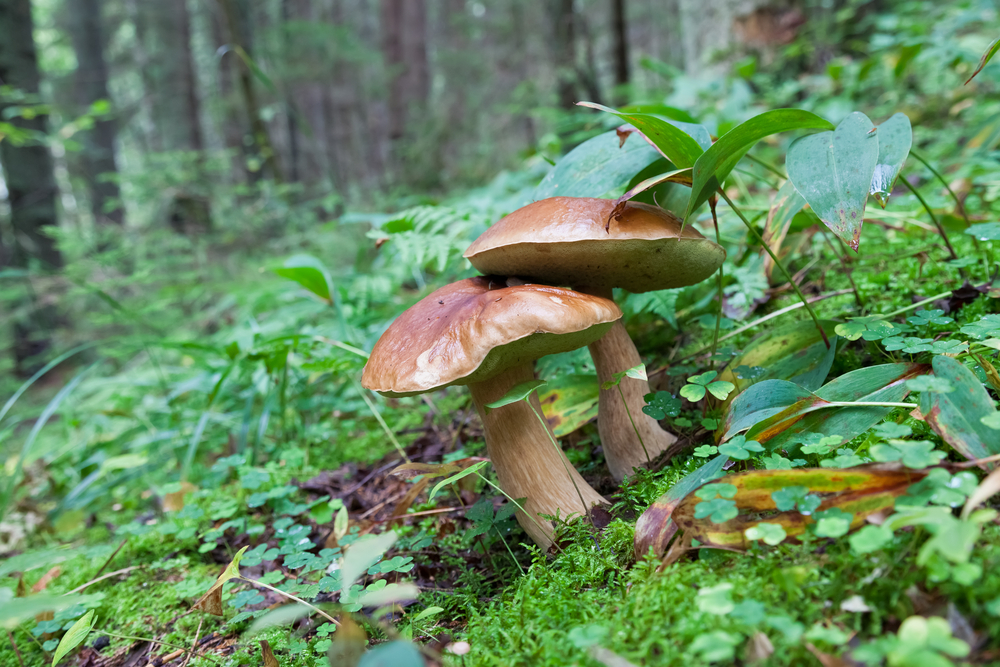
TORONTO — Doctors are warning people who forage for wild mushrooms to educate themselves about edible species after a woman who ingested a highly poisonous variety needed a life-saving liver transplant.
In a case report published in Monday’s edition of the Canadian Medical Association Journal, doctors say the 52-year-old immigrant of Asian descent visited a Toronto hospital emergency department last summer after developing severe abdominal pain, nausea and vomiting overnight.
The evening before, the woman had eaten a variety of wild mushroom found in a local park with her husband, who had foraging experience in his native country.
“Presumably they thought that it was an edible mushroom,” said co-author Dr. Corey Stein, an internal medicine resident who helped treat the woman at Sunnybrook Health Sciences Centre.
But suspecting the mushrooms might have caused her symptoms, the woman brought samples of the fungus with her to the hospital.
“When she initially presented, we knew the danger of mushroom toxicity, but it wasn’t until the next morning that we had them analysed by the lab and found out it was a very poisonous kind,” he said in an interview. By that point, “her liver was already inflamed and starting to fail.”
Analysis showed the mushrooms were a toxic species known as Amanita bisporigera. The Amanita genus includes more than 600 species, which are the cause of most deaths due to mushroom poisoning.
“Distinguishing safe from harmful mushrooms is a challenge even for mycologists,” writes Dr. Adina Weinerman, a Sunnybrook internal medicine specialist who co-authored the report.
People poisoned by toxic mushrooms typically go through a number of phases. Six to 24 hours after ingesting the fungi, the person develops intestinal pain, nausea, vomiting and diarrhea. These symptoms are typically followed by a “false recovery” period, in which the patient appears to improve, and may lead to premature discharge from hospital, the authors say.
In the final phase, which occurs about 48 hours after eating the noxious plant, the patient’s liver begins to fail, which can result in death.
The woman in the case report had no false recovery period, but rapidly deteriorated despite her admission to the ICU, leading to the need for an urgent liver transplant.
There is no antidote for mushroom toxicity. While orally administered charcoal can absorb the toxin, that treatment would need to be given soon after ingestion — and even then it might not work, said Stein.
In the United States, about 6,000 exposures to toxic mushrooms are reported annually, most of which are associated with mild symptoms, the authors say. Mushroom toxicity is more common in western Europe, with 50 to 100 fatal cases reported each year.
“We don’t have good data in Canada on mushroom poisoning,” said Stein, who noted that the Ontario Poison Centre fields about 200 calls on average per year related to varying degrees of mushroom toxicity.
The authors say people who forage need to learn which wild mushroom species are safe to eat and which ones to avoid.
“Poisonous and edible mushrooms can be very similar in appearance and … wild mushrooms of uncertain identity should not be eaten,” they write.
“This information is especially important for immigrants who might mistake local poisonous mushrooms for familiar edible species from their native land.”